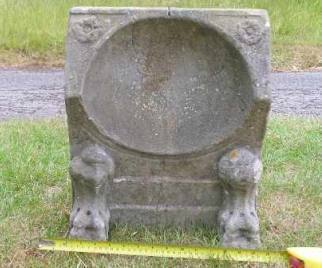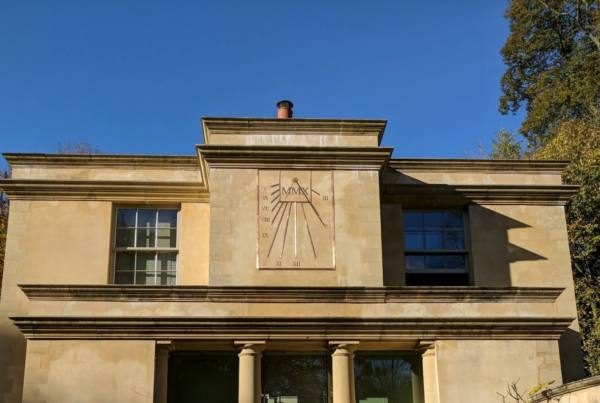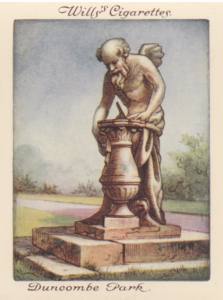Hever Castle in Kent dates back to 1270. It’s not known exactly when the four sundials that grace the gardens at Hever today were first taken there. However, it is believed that Viscount Astor brought sculptures and statues dating from Roman and Renaissance times to Hever after selling his father’s villa in Sorrento in the 1920s.
We’ve chosen our ‘Sundial of the Month’, from the collection at Hever Castle, the Scaphe Sundial, also referred to as the ‘Roman’ sundial.
The first unusual characteristic of the Scaphe Sundial is that it shows ‘equal’ hours like modern sundials (24 hours in a day), whereas most other surviving Greek and Roman sundials indicate the ‘unequal’ hours (12 daylight hours, irrespective of the season, so longer hours in the summer, and shorter hours in the winter). The second is the spherical design of the sundial itself which is rare for a sundial of its time. There is evidence to suggest that Greek and Roman Sundials were often considered more popular in a conical shape.
The Scaphe Sundial is formed from a hollow sphere upon which the hour lines are scored. A metal gnomon at the centre would have cast a shadow, allowing a person to tell the time.
In 2009 restoration of the Scaphe Sundial was considered, but it was suggested that it remained as a decorative item and historical artefact as trying to attach a gnomon to make it functional as a sundial once more would be pointless as the dial was not made for the latitude of Hever. Interestingly, there is no evidence for there ever having been a gnomon on the dial, although there is a slot in the uppermost surface which suggests that the maker had intended to use it for holding the gnomon.




